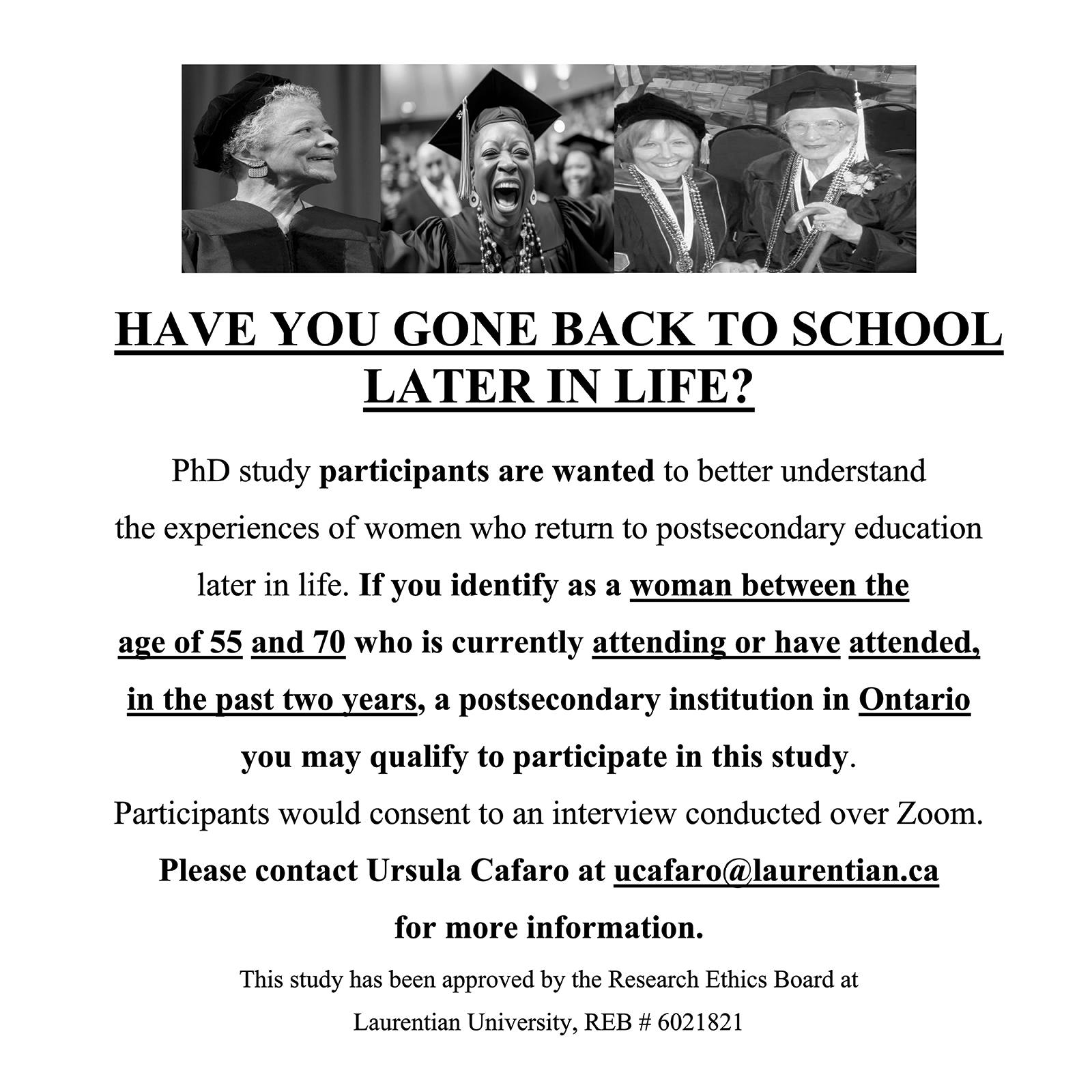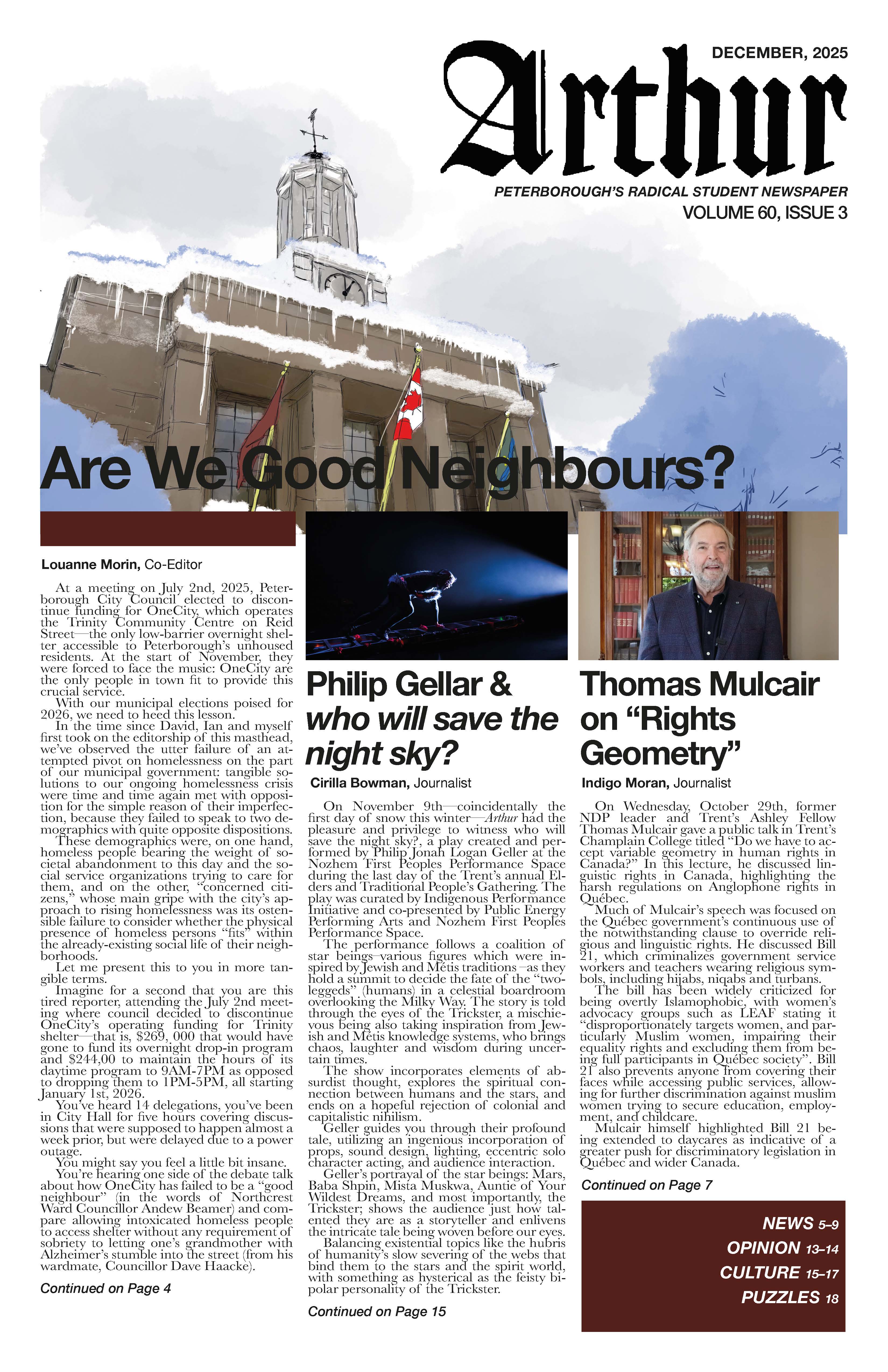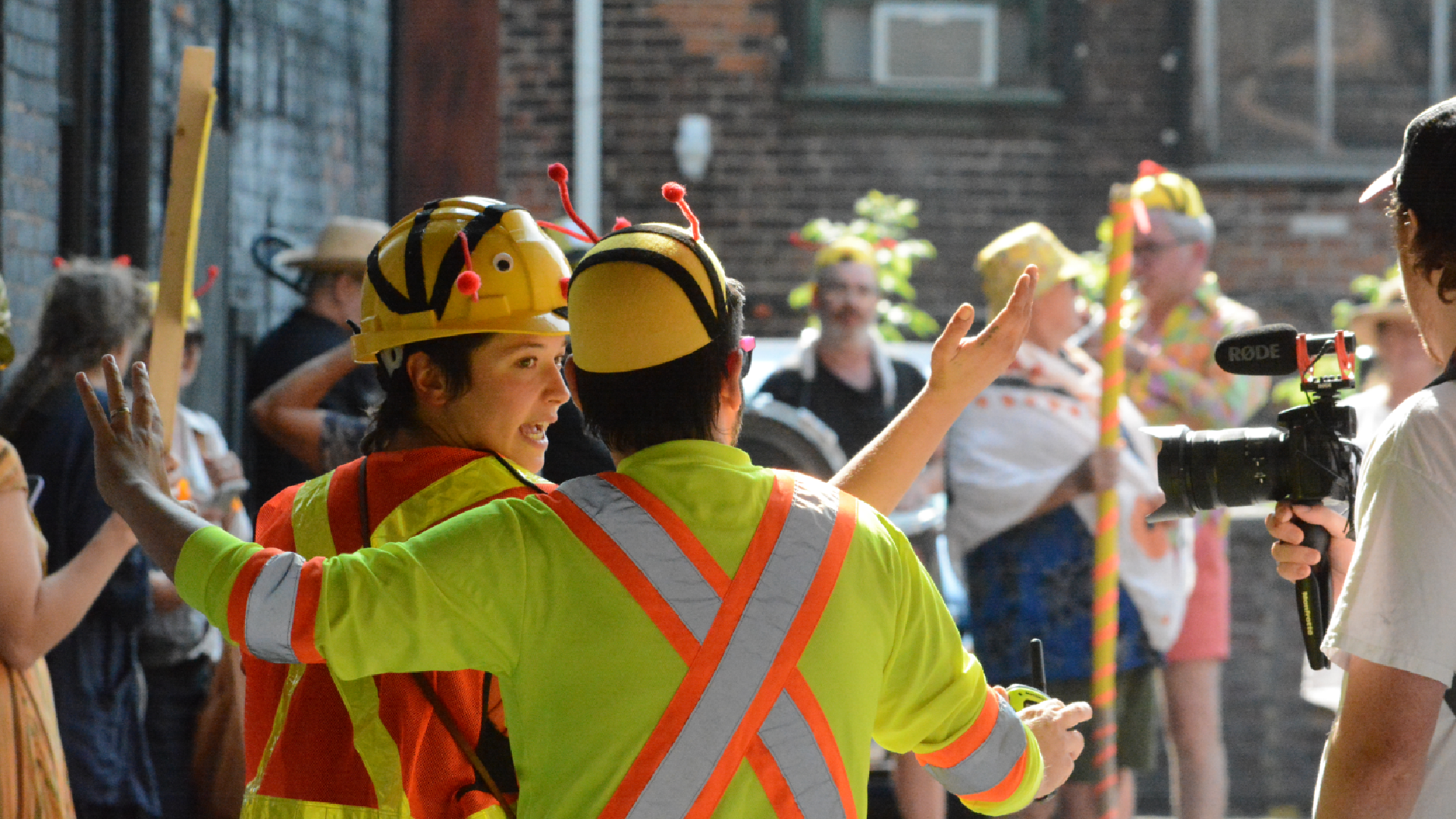I’m sure that you’re familiar with the World Climate Clock, the art project first forecasted to the world in New York City’s Union Square back in September of 2020 (yes, it is still a thing and yes, climate change is getting worse). It was controversial in its attempt to bring awareness to the ever-so-present crisis that is irreversible climate change during a time where life was flipped on its head and a vast many of us were all already feeling lots of anxiety and uncertainty. It, however, is not a message that should be ignored as pressure to protest political leaders and wealthy companies is urgent amongst the majority working class population as we approach the frightful deadline of irreversible damage done to our planet’s atmosphere.
According to the project’s official website, climateclock.world, the project “melds art, science, technology and grassroots organizing to get the world to #ActInTime” The hashtag “Act in time” is used to spread awareness of both the deadline that counts down the critical time frame that it takes to reach zero emissions before the damage is irreparable, and the lifelines, or in other terms, the solution pathways that can help in the restoration of the Earth’s ozone layer. Such examples of these lifeline solutions include the use of renewable energy sources, gender parity (the value and uplifting of women’s voices in environmental politics), fossil fuel divestment and various others listed in more detail under the science tab on the website.
Essentially, according to the creation team, it is a message of “what we need to do by when.” With various clocks located internationally in cities such as Seoul and Glasgow, at least some parts of the world appear to be receptive to this urgent need for change as the clock ticks closer to our doom.
While I can go on to describe the many causes of the decline of our climate (hint: the industrial revolution) or encourage you to look into renewable energy (which in this economy is difficult for the average working person to input into their life), I would much rather revert your attention to one of the main saving graces of our biosphere: Indigenous land protectors. Indigenous communities have a long history of protecting the environment, the traditional belief of nature as a sacred entity has been a major enforcement in protecting it for future generations; taking care of the environment as it mutually benefits human life.
Indigenous land sovereignty as a method for challenging climate change is becoming widely recognized as a valuable lifeline in the protection of our planet, even being a field of study here at Trent University. Currently, the message on the monumental climate clock in Union Square reads as “INDIGENOUS LAND STORES CARBON AND PROTECTS BIODIVERSITY. 43.5 MIL KM² LAND PROTECTED BY INDIGENOUS PEOPLE. RECOGNIZE INDIGENOUS LANDS.” Inferring that Indigenous land sovereignty is now being recognized as an urgent solution to the crisis.
The importance of decolonization exceeds even its much-needed social impacts, as it is now recognized as a need for the betterment of our Earth per the climate clock website.
“Although they comprise less than 5% of the global population, Indigenous people protect 80% of the world's biodiversity in forests, deserts, grasslands and marine environments in which they have lived for millenia,” it reads.
The incorporation of symbiosis with the earth within Indigenous cultures accounts for the management of 300,000 million tons of carbon stored in soil, a product of a view of our planet as something that we must take care of—as it does for us in its provision of life to humanity. According to the official Climate Clock website Karai Djekupe of the Guarani people of Brazil has stated “Today, Indigenous land protects life, Indigenous lands protect the future. Besides the white, European ways of living, there are other ways of living that need to be respected, including ours.” The decentralization of European capitalistic values is the key factor here, being the first step into both uplifting Indigenous culture and to restoring the natural state of our planet.
By unlearning the capitalistic eurocentric standards which were brought up to us as the normalized standard for living, we must view the land in which we inhabit as sacred by adopting new philosophies through education of the stewards of the Earth.
The Trent University website cites various resources on their Indigenous Environmental Studies and Sciences page that direct users to various Indigenous resource lines, environmental resources for the Peterborough area, and environmental organization and data sources. I encourage anybody who is interested in making an active change towards this goal check out this page, and to educate themselves by engaging with these resources.
While the site offers many, one that I’d like to highlight is the Canadian Centre for Indigenous Environmental Resources (CIER), whose mission and vision is to “support Indigenous communities and to lead positive environmental change, utilizing both Western and Indigenous knowledge to create a world that is balanced and sustains all living things; their vision is a world where Indigenous communities are at the forefront of environmental stewardship, using their knowledge to achieve a healthy and balanced ecosystem for all beings”
Canada's first non-profit charity for Indigenous focused environmental change, the CIER was founded in 1995 by several First Nation Chiefs across the country, and is a diverse and collaborative organization that focuses on supporting Indigenous peoples in building sustainable communities by protecting lands, water, and all living things.
CIER works by first allowing community members to drive projects, having Indigenous communities define and communicate a need to them, and thus the initiation of a driven process by the CIER deemed important is prioritized. The CIER is worth checking out whether you want to join the community yourself or donate to them, as they do not receive core funding from any sources in particular. Alas, this is one of many resources in which you can contribute to active change for Indigenous land sovereignty and environmental protection.
It may feel discouraging to look at the climate clock and consider the current political climate of the world while industries and politicians who have the power to make great change instead choose to enforce damaging systems. It is possible to make change, however, but it is something that requires people to actively go against such systems. By supporting Indigenous communities, our voices and concerns can be heard and Indigenous land sovereignty can fairly and rightfully be set in place. As the climate-clock website states, “We mustn't pretend that we have more time than we do. We have one deadline, and many lifelines. Let’s #ActInTime”


.png)


.jpg)

.png)
.jpeg)



.jpg)


.jpg)








.png)